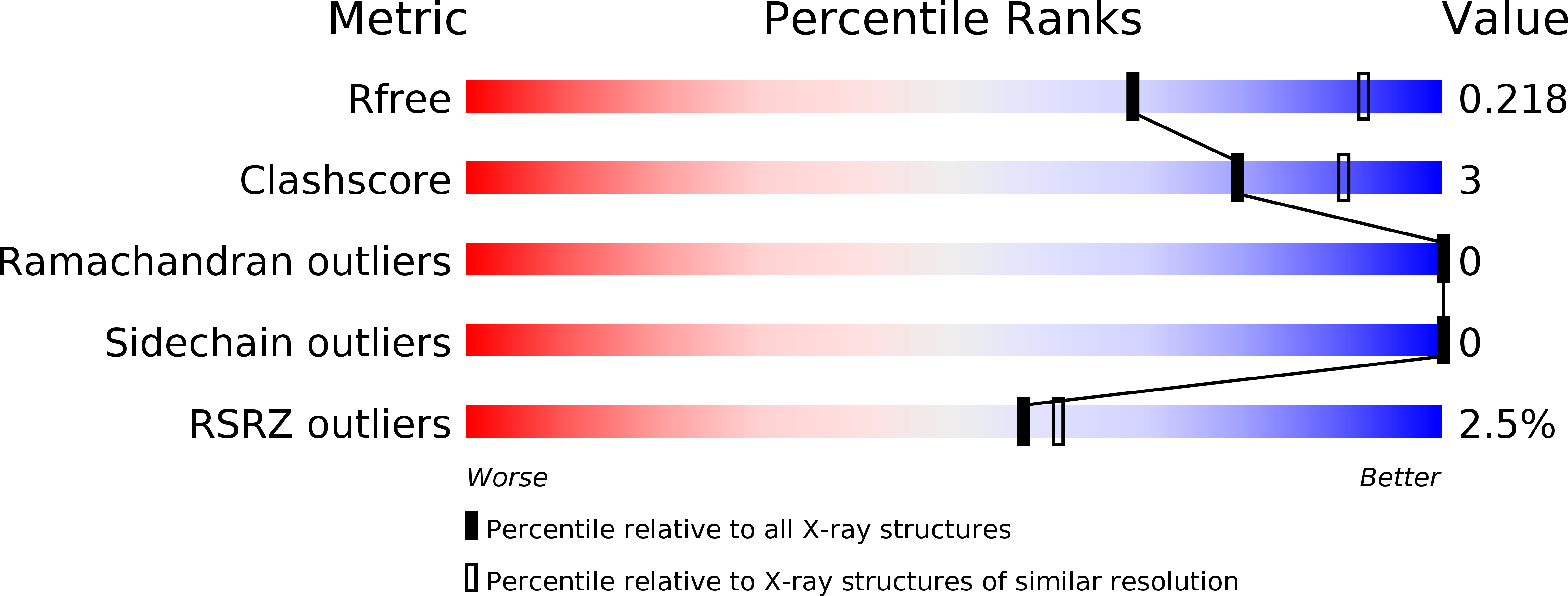
Deposition Date
2017-07-13
Release Date
2017-11-29
Last Version Date
2024-01-17
Method Details:
Experimental Method:
Resolution:
2.50 Å
R-Value Free:
0.21
R-Value Work:
0.17
R-Value Observed:
0.17
Space Group:
F 4 3 2


